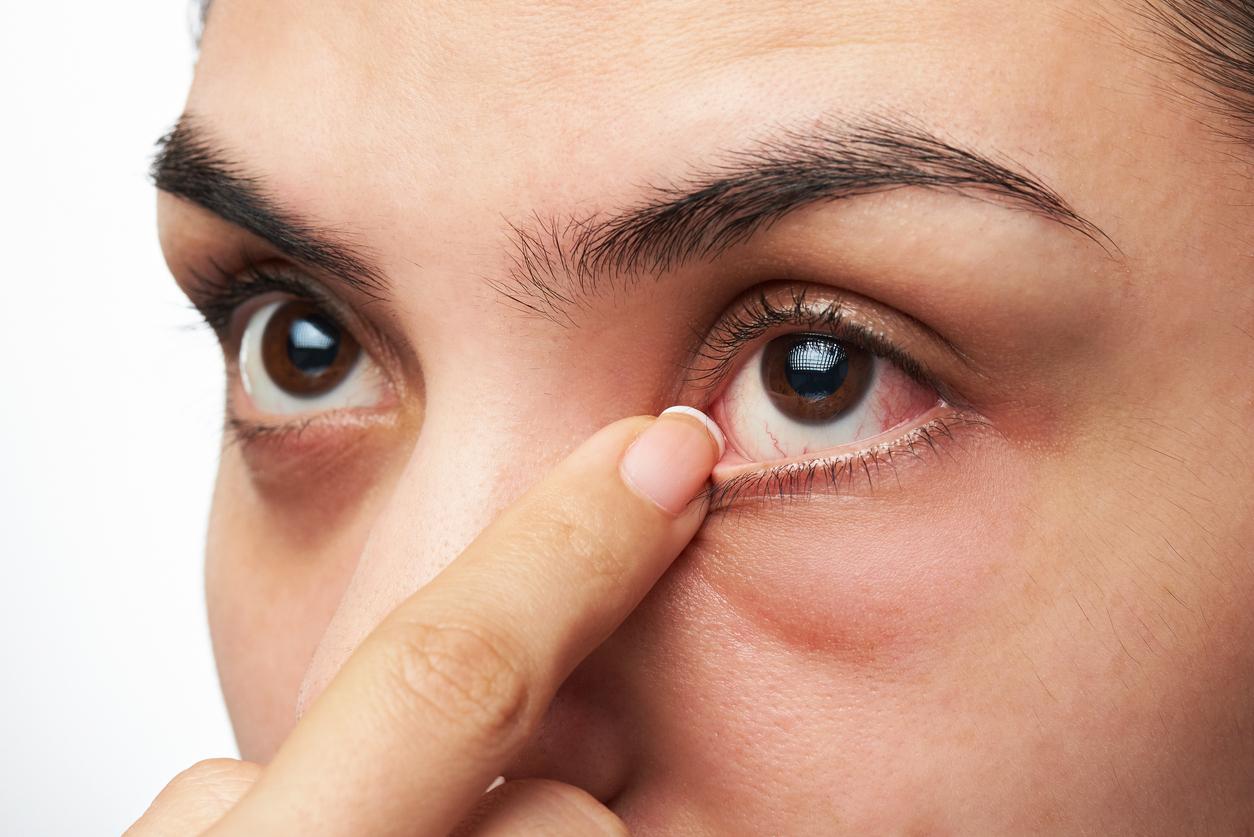The composition of the ocular microbiota is different in people with dry eye compared to those with healthy eyes.

- People who have dry eyes do not have the same ocular microbiota as those with healthy eyes.
- Streptococcus and Pedobacter species of bacteria were the most prevalent microbes in healthy eyes, while more Acinetobacter species were present in the eye microbiomes of people with dry eye.
- Researchers now want to see if there is a link between the composition of the ocular microbiota and that of the intestines.
“Research on the human microbiome suggests a strong link between the gut microbiome, the brain and the eyes”says Pallavi Sharma, a graduate student in Van Kley’s lab who presented her work at the annual meeting of the American Society for Biochemistry and Molecular Biology organized in San Antonio from March 23 to 26, 2024.
“Any alteration in the gut microbiome affects other organs and can lead to disease. Therefore, we are trying to identify patterns of imbalance between the types of microbes present in the eye microbiome of a person with different health conditions.” His research shows that the eye microbiota is different in individuals suffering from dry eye.
Dry eye: more Acinetobacter bacteria
For this study, the team collected eye samples from 30 volunteers using a swab. She then used advanced sequencing technology to establish the differences between the microbes found in people with healthy eyes and those seen in dry eye patients.
The analysis showed that Streptococcus and Pedobacter species of bacteria were the most prevalent microbes in healthy eyes. Patients affected by dry eye had more Acinetobacter species in their microbiome. “We believe that the metabolites produced by these bacteria are responsible for dry eyes,” explains Pallavi Sharma in a communicated.
“We are carrying out further research to understand the metabolic pathways associated with Acinetobacter to better understand the disease”, adds the expert. She ultimately hopes that this research will help to better understand certain eye diseases and develop better treatments.

Dry eye: a link with the intestinal microbiota?
“Once we correctly understand the ocular microbiota, this will improve the diagnosis of the disease at an early stage,” assures Alexandra Van Kley, head of the research team. This knowledge can also serve as a catalyst for developing innovative therapies aimed at preventing and treating eye diseases as well as those affecting the central site of the microbiome: the gut.”
To better understand the link between the body’s different microbiota, researchers would also like to study the intestinal microbiome of patients suffering from dry eye. They want to see if the latter can help understand the ocular microbial differences observed in healthy people and those with very dry eyes.

















